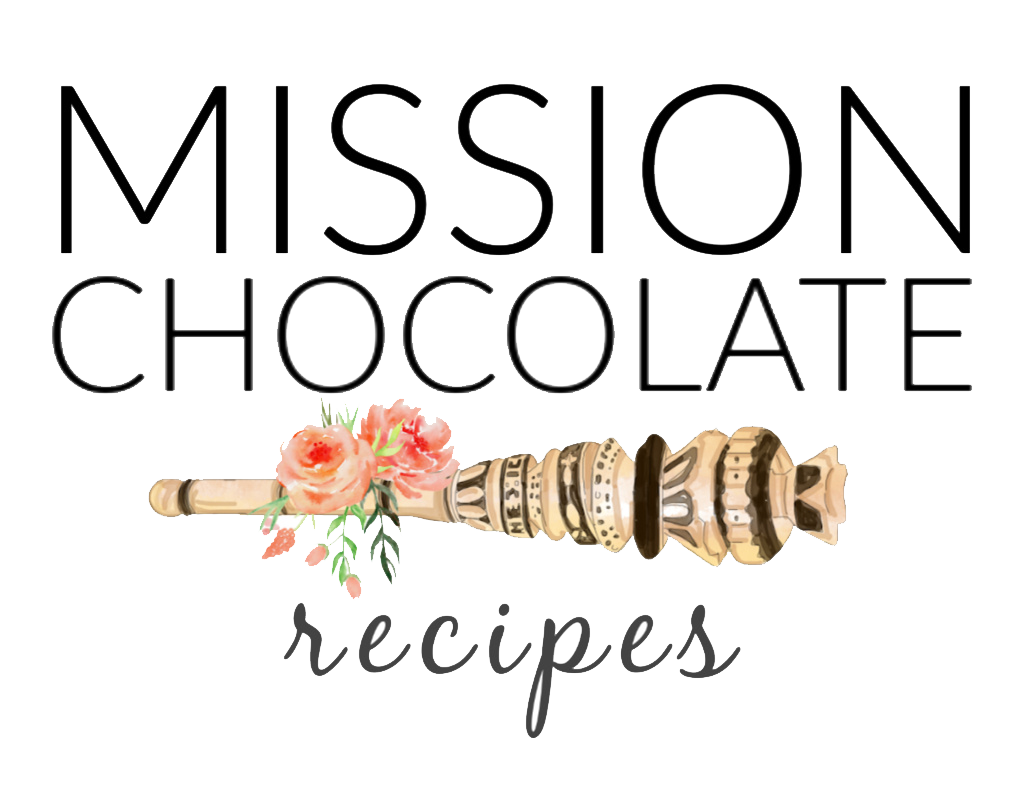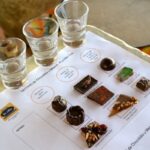What is Mezcal and why is it better than Tequila?

Mezcal is a smoked alcohol derived from many cacti and famous in the state of Oaxaca, but can be grown in all of Mexico. And the best way for you to understand Mezcal is to compare it to Tequila. Here are some quick facts:
- Both tequila and mezcal have to be grown and produced in Mexico.
- Tequila can only be produced in the state of Jalisco and four very limited areas of four other states, whereas mezcal can be grown in 8 states but is mostly produced in Oaxaca.
- Mezcal has a smoky aroma because it is smoked. Tequila is not smoked.
- Tequila can only be made from 1 type of agave – blue agave. Mezcal can be made from over 25 types of agaves.
- Both Tequila and Mezcal have their own Domination of Origin but Mezcal has to be made with 100% agave while Tequila can be mixed with up to 49% other alcohols.
- Mezcal must be bottled in Mexico. Most Tequila is bottled (and aggregated alcohol) outside of Mexico.
- Tequila can only have blue agave. Mezcal can be made up of a blend of agaves (can even be a mix of 2 or more agaves still resulting in 100% agave).
- Mezcal has a worm from the agave plant. Yes, you are supposed to eat it!
- Mezcal is far more complex in aromas and variety -spirit experts compare it to whisky.
- Mezcal is considered to be more “hand-made” or artisanal – still produced by hundreds of small farmers in Oaxaca. Tequila belongs more to industrial sized plants and farms.
- Mezcal is more transparent in labeling. On a Mezcal label it is common to find: name of the farmer, the village, distillation date, type of grind, etc. Information that is normally not provided for tequila.
In the image below you probably can recognize a blue agave. You can find their image on most Tequila bottles. But can you recognize an espadin, madrecuixe, jabali? Probably not. Mexico is full of agave varieties that can be made into mezcal and you can find most of them in Oaxaca.
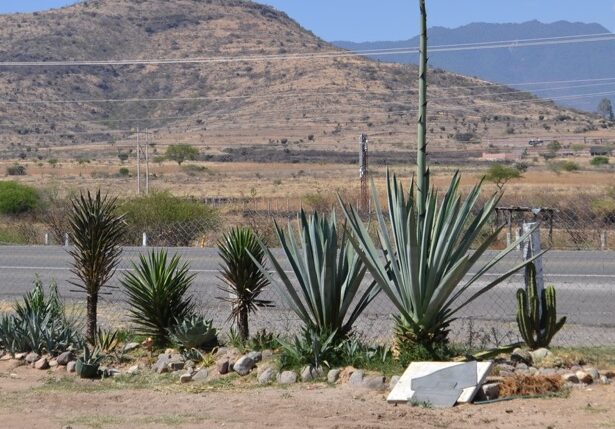
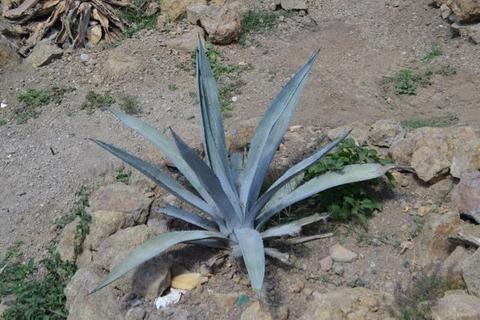
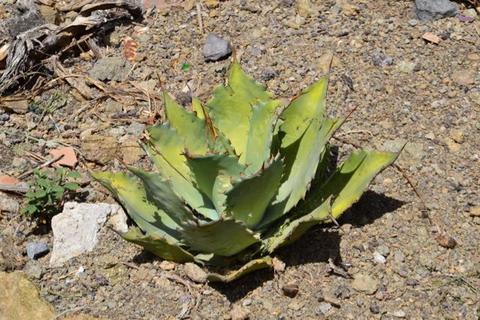
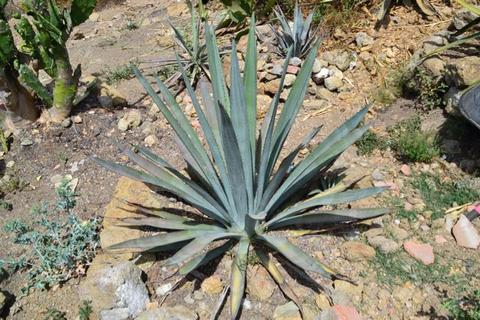
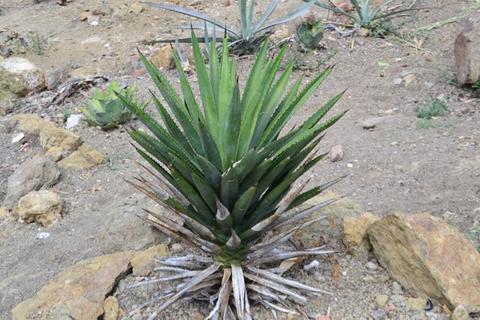

Most mezcal is made with espadin agave but you can stop by any good bar and find mezcal made with the following popular agaves: madrecuixe, barril, jabali, tepeztate, arroqueño, and tobala. Each of these single agave mezcal will have their own tasting profile. Some might be more sweet, have stronger notes of corn, wood, levels of smoke, etc. There are notes that are natural to the agave then there are notes that are controlled by the maker.
They might use a certain type of wood to smoke, the soil where they bury it might contain minerals that give off different aromas, when they distill they might add something to distinguish their brand from the next farm. You can think of this as terroir. Not every farm in Oaxaca that is working with espadin agave will produce the same mezcal. This is why there are thousands of mezcal producers, each one with their special recipe.

This bottle above, Mezcal Vago, includes information that you will never see on a tequila bottle. But you might find on a fine wine, tea, coffee or chocolate. The information includes: agave type, infusion at distillation, farmer name, his village, how they ground the agave, type of still, distillation, batch size, fermentation date, and agave age. That is amazing information because you can keep track of your preferences as you mature into mezcal. Maybe you love this region, or the corn notes, or storage in copper. Then you can make future purchased based on that.
Then there are ensambles, mezcal blends that are made with 2 or more agaves. Your options for variety just exploded. With tequila you cannot do this. In chocolate we refer to do this as blends, also popular in wines.
What is the process of making mezcal? The agave plants need to be chopped into smaller pieces and placed in a pit of hot coal and rocks; the rocks prevent the agave from having direct contact with the coal. All of this is then covered with plastic then a heavy layer of dirt and logs to prevent the wind from unveiling and prevent the rain from getting in. It is allowed to sit here and cook/smoke for 6 to 8 days.
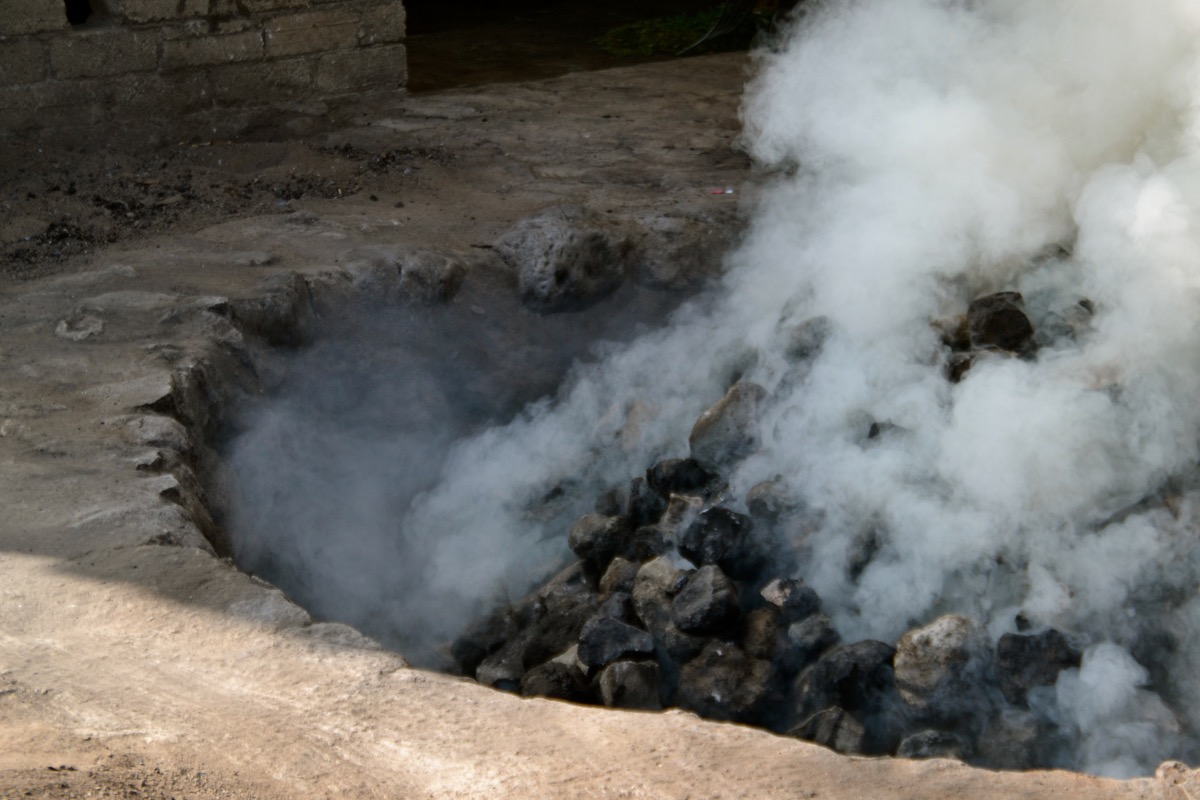
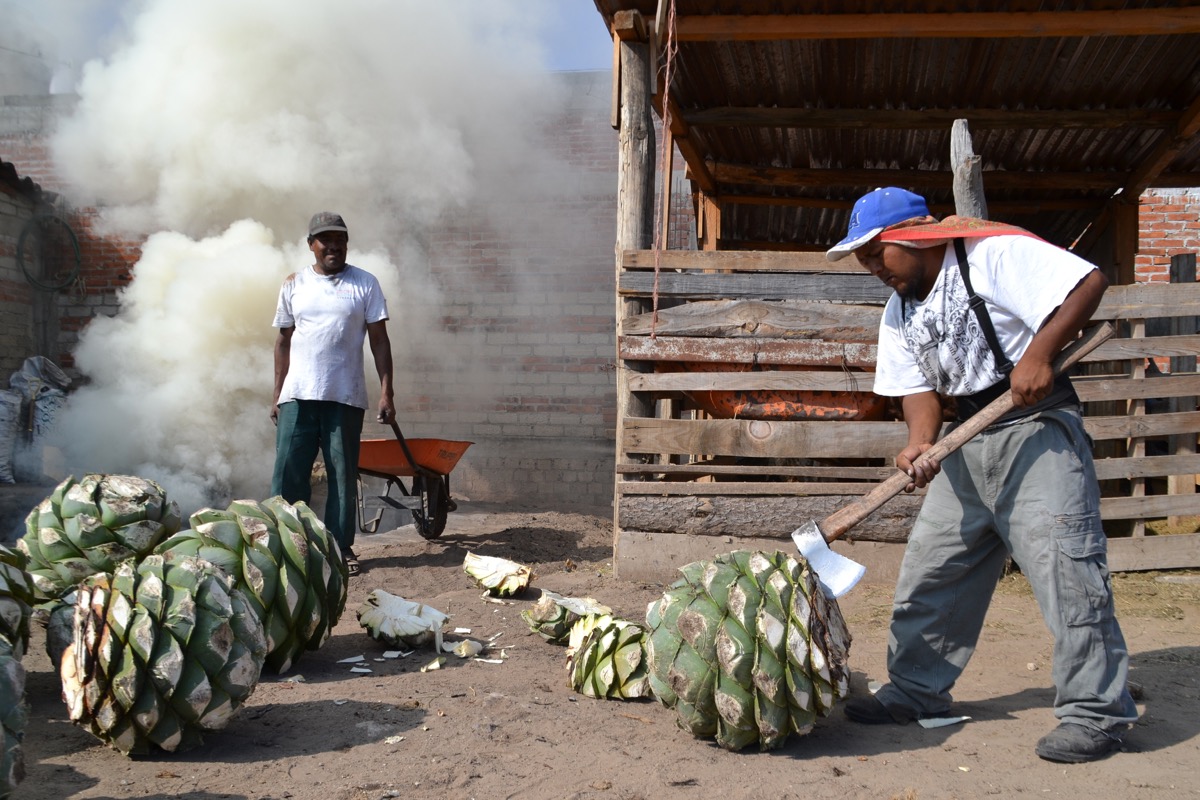

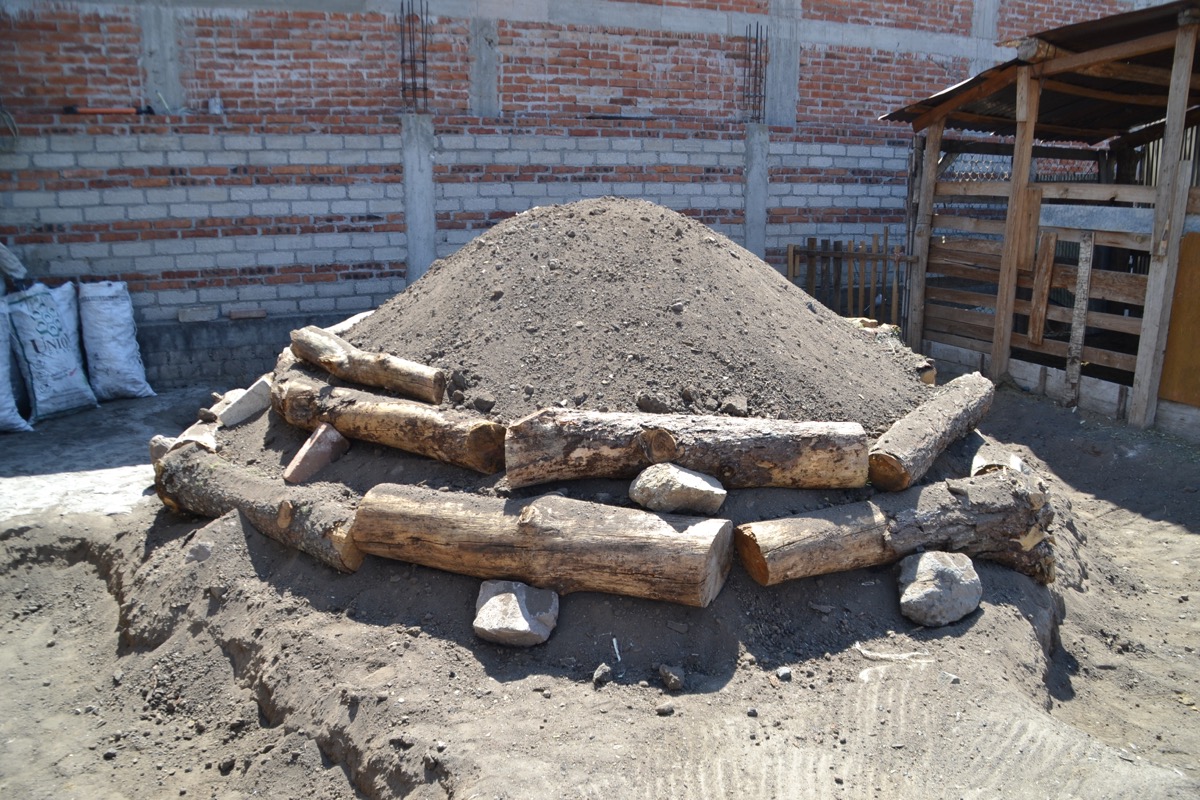
After the mezcalero feels the agave is fully cooked, it is removed, allowed to cool then taken to a mill to grind which is usually powered by a horse or donkey.
The cooked agave is sweet and delicious:
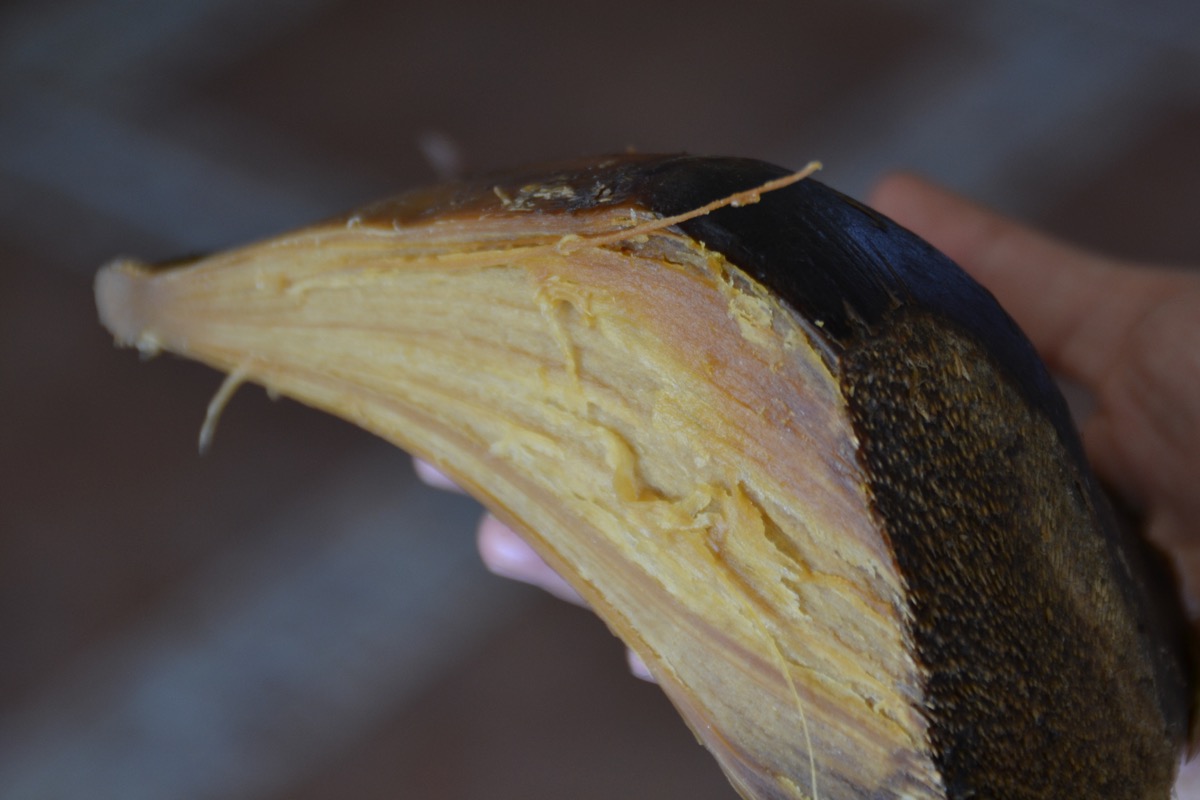
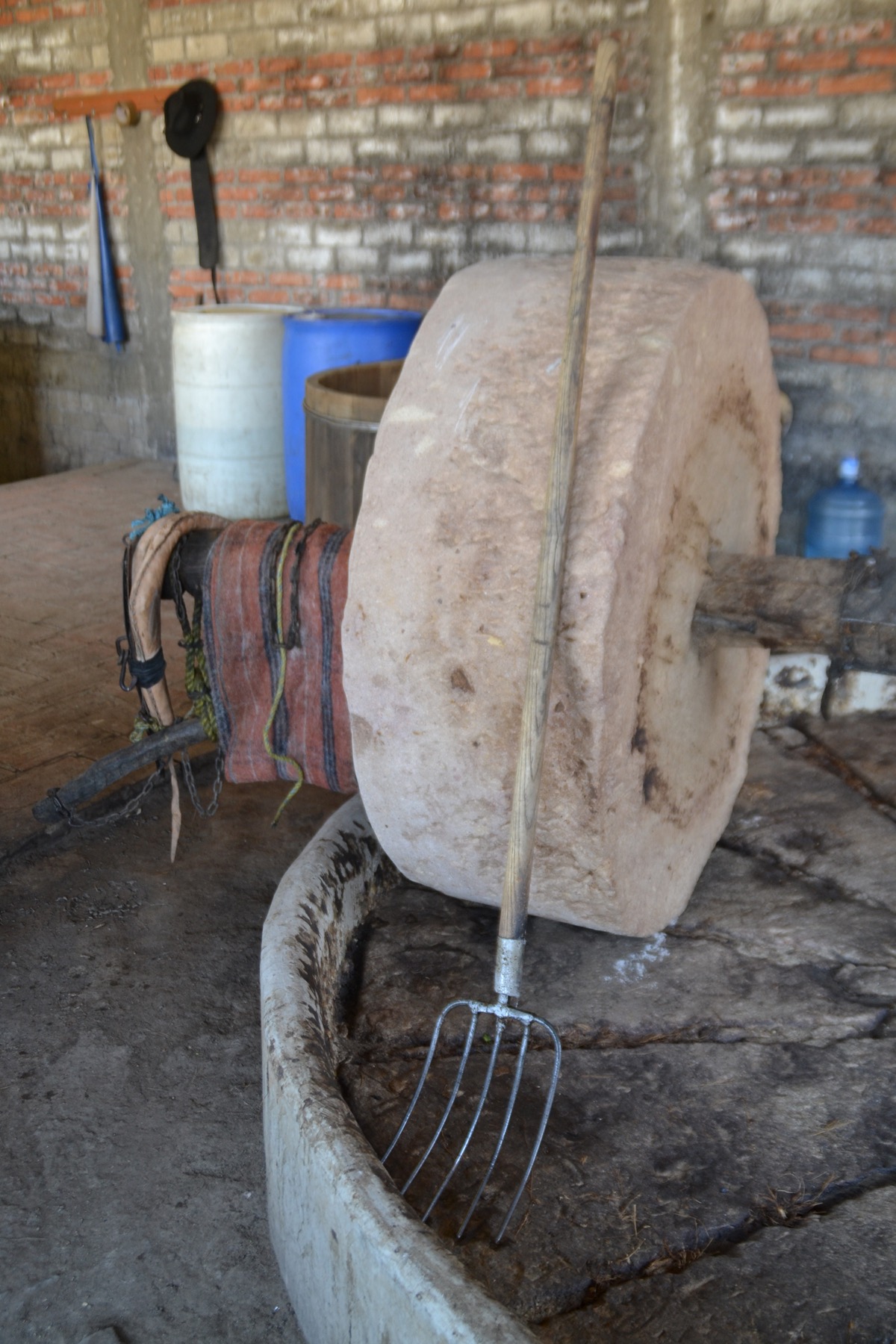
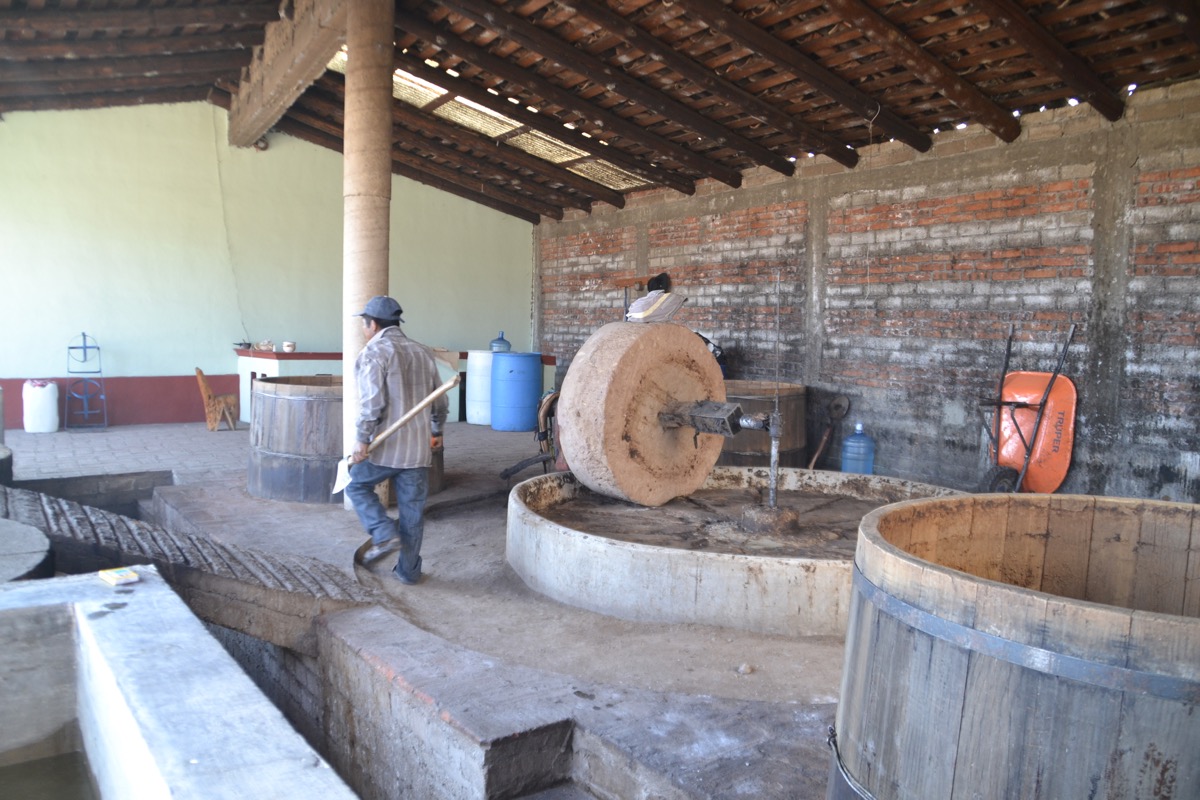
You can also smash the pulp in a smaller rock like this:
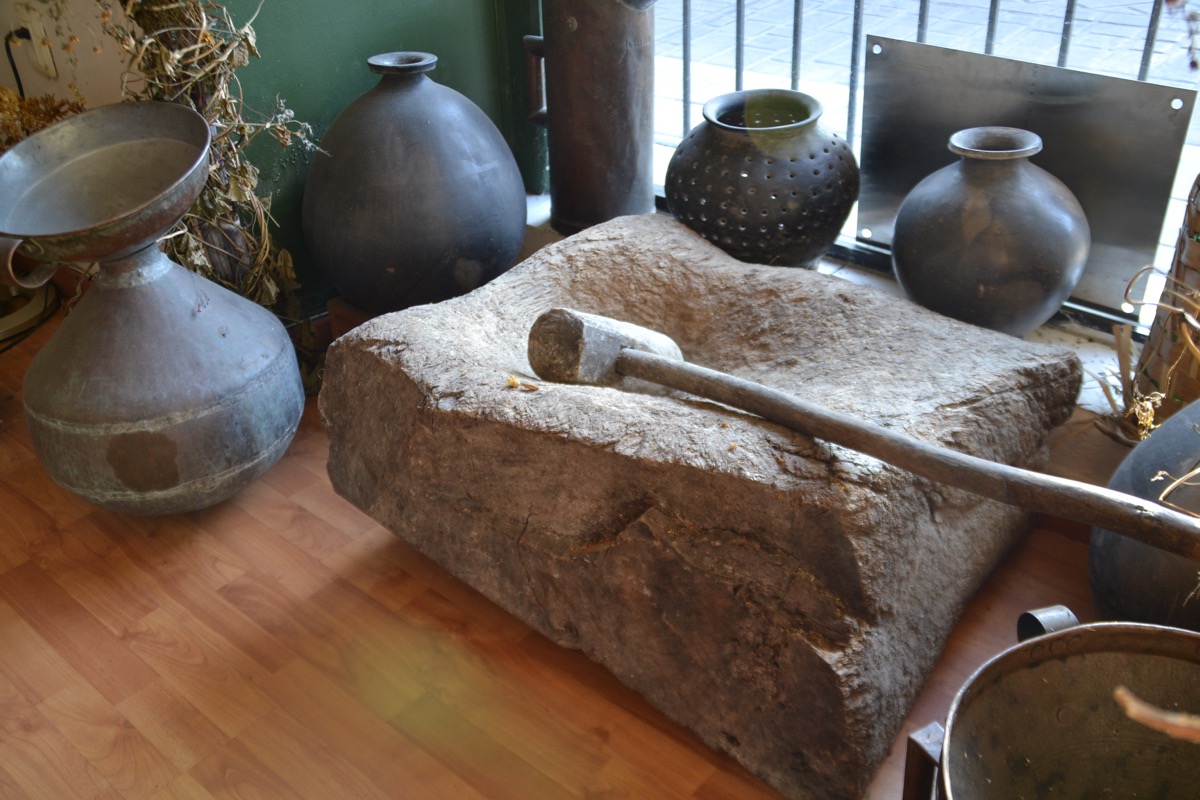
The pulp is then placed in a wooden container with fresh water. This will ferment for a few days then get moved into the distilling tank. Here, yet more opportunities to add more layers of complex flavors. Some mezcal is distilled with corn cobs or chicken breasts, the latter would be called mezcal de pechuga. The resulting mezcal surprisingly doesn’t have chicken breast taste, just add a different aroma.
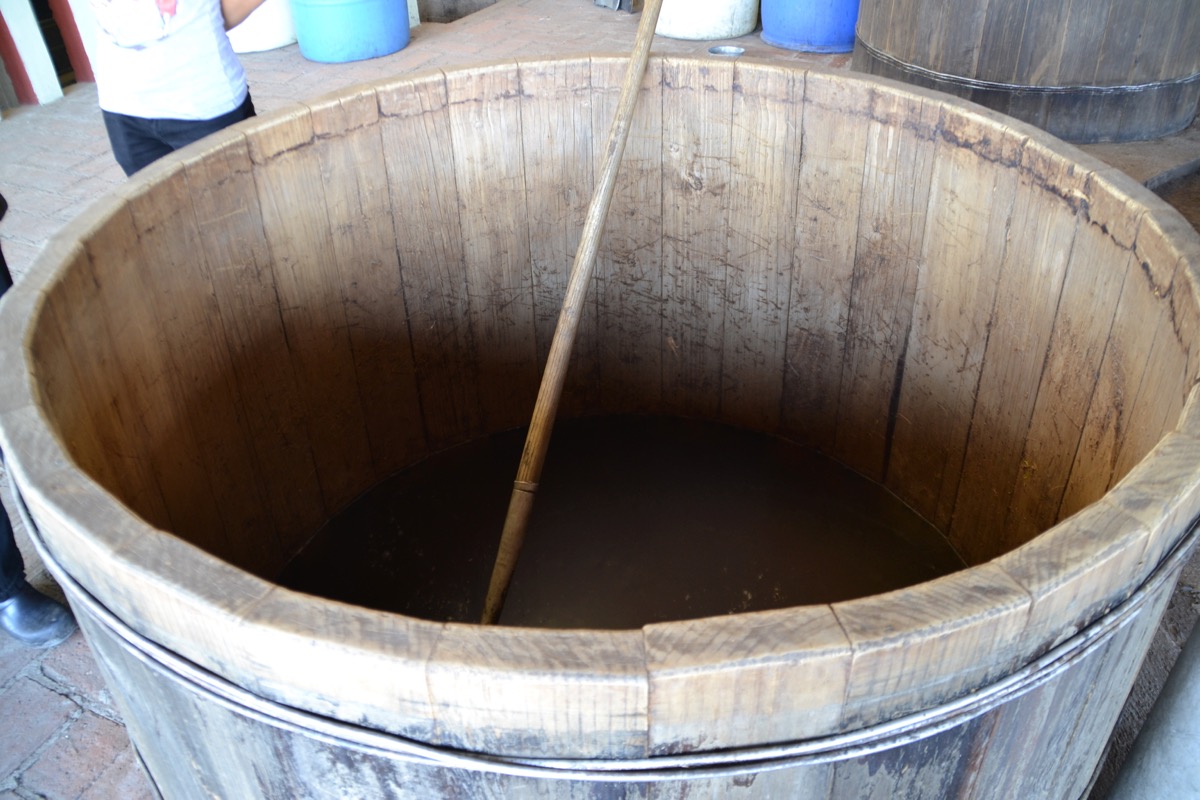
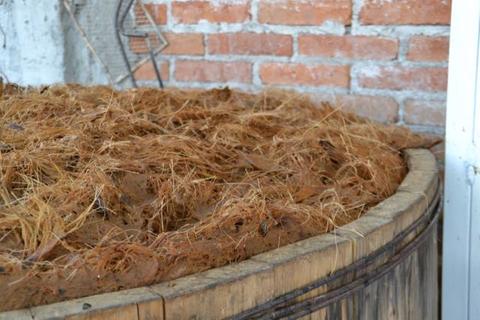
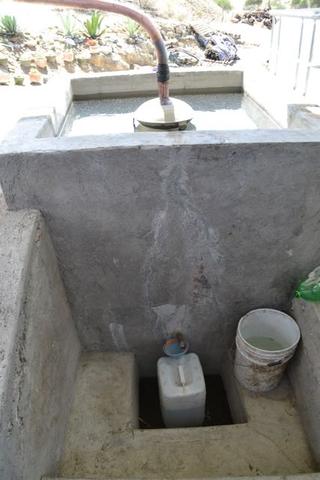
Here, yet more opportunities to add more layers of complex flavors. Some mezcal is distilled with corn cobs or chicken breasts, the latter would be called mezcal de pechuga.
Mezcal is by far my favorite spirit; I can enjoy it straight with a slice of orange and sal de gusano spicy worm salt, but I prefer it mixed as a cocktail with tamarind water, passion fruit juice, or mint/cucumber water.
The traditional cup for drinking mezcal is a tiny gourd, jicara in Spanish, that sits on a grass ring. If you want to be fancy, it can be a clay cup. You can get all of these in any market in Oaxaca.
Below is a mezcal tasting at Mezcaloteca in Oaxaca – research to prepare for a chocolate and mezcal pairing I led.

My amazing friend, Alvin Starkman, who is going to donate his metate collection to my museum one day, is the utmost expert in mezcal, please visit his website for a thorough lesson on this spirit or to coordinate a tour with him in Oaxaca.
If you have never been to Oaxaca, please make it your next destination. To. buy mezcal I only recommend Oaxaca. Although you can find the worm salt in the USA of similar quality.
These referrals contain affiliate links to products I use or recommend:

